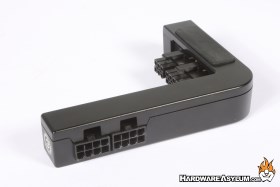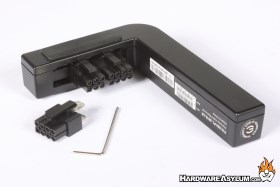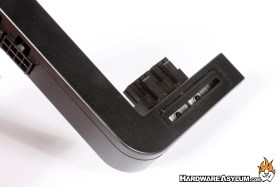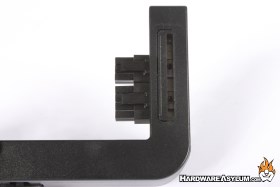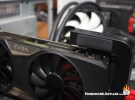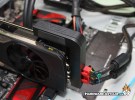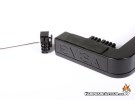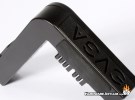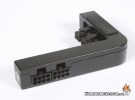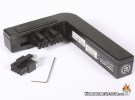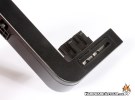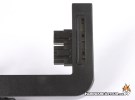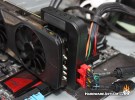EVGA PowerLink Cable Management Review
Author: Dennis GarciaIntroduction
One of the big challenges of building a PC is routing cables and while that process has been made easier with modern chassis design that wasn’t always the case. Believe it or not there are some cases didn’t have room behind the motherboard tray for excess cables meaning that routing cables was an exercise of minimizing airflow obstructions and figuring out where to put the excess. Of course these days there are a variety of ways to handle cable management from creative routing behind the motherboard to elaborate cable dressing using paracord or decorative cable extensions.
Cable dressing and sleeving is largely a response to having a wires visible through a side window and modders wanted them to look nice.
In this review I’ll be looking at a new product from EVGA called the EVGA PowerLink. PowerLink is a new kind of cable extension that mounts directly to your video card and relocates the power connections closer to the motherboard. This allows you to minimize visible cables in your system and reduces cable weight on your video card.
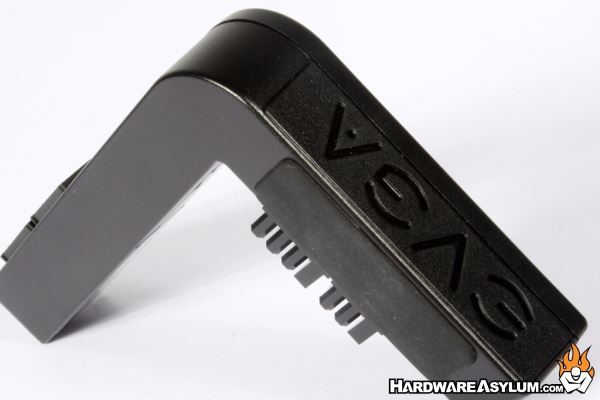
PowerLink is a rather simple device. The large plastic case that covers two metal rails. These rails link PCI Express power from the top of your video card to the new location at the bottom of the link. EVGA has provided two 8-Pin PCI Express power sockets to run PowerLink however a single connection will work provided the video card sockets are all connected.
At the top of PowerLink you’ll find two rubber panels that cover the adjustment rails. These rails allow you to move the power sockets around and even replace them to match your particular video card. Every PowerLink comes with two 8-pin PCI Express connectors and a single 6-pin connector which combined will fit just about every video card on the market.
To adjust the power sockets you’ll need to remove the rubber panel and use the included wrench to loosen a set screw on each side. Don’t lose the wrench as these are not standard Allen style set screws.
Once loose you can move or remove the socket around to match your particular build. Then tighten the set screws and replace the panel.
Installing the PowerLink is very simple and it would be my suggestion to first set the power sockets to match your video card and make sure they install easily. Squeezing the rubber panel will release the locks and allow PowerLink to be removed. Then install your PCI Express power to PowerLink and reinstall PowerLink.
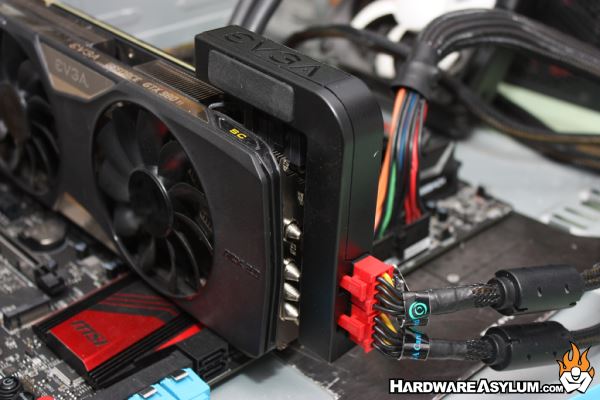
After that route your cables and enjoy.
I have mixed feelings about the EVGA PowerLink. The modder in me feels that this is an excellent product and allows even novice builders the chance to clean up their system builds. It is fairly easy to install and has a few benefits beyond cleaning up your cables.
I did have some frustration in getting the sockets installed. In my experience the set screws don’t allow any wiggle room, they are either lock the sockets down or allow them to fall out. The middle ground doesn’t allow them to slide but with some work they tend to fall into place. EVGA claims you can use the PowerLink on most any video card provided it has two or less PCI Express power connectors and that the locking tabs face away from the video card PCB.
The designer in me is a little upset. As you may have noticed the PowerLink is quite tall and while it doesn’t occupy any more space than a standard cable bundle would it really looks like we attached a black box to our video card. Visually it just looks out of place and with the large EVGA logo I don’t see many MSI fans using EVGA PowerLink which makes me wonder.
EVGA has pioneered mod friendly features on their motherboards including like 90 degree power sockets and USB connectors. Why not do the same on their video cards and move the power sockets from the top of the card to the side? I’m sure there is a very long and very expensive reason for why cards are built they way they are and until something like that happens we have another creative way to manage cables using EVGA PowerLink.

